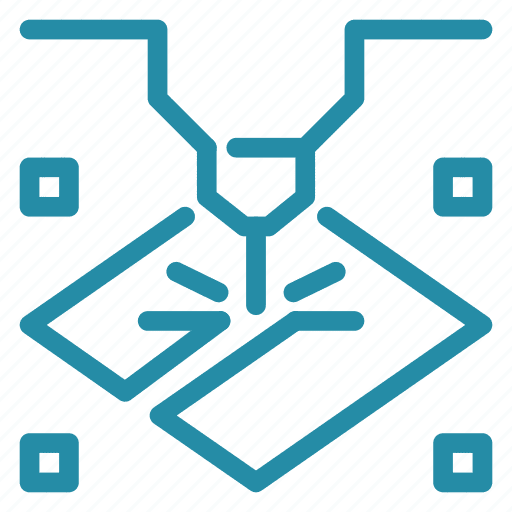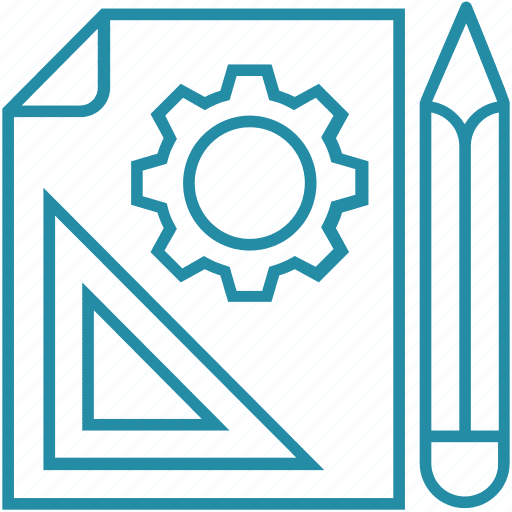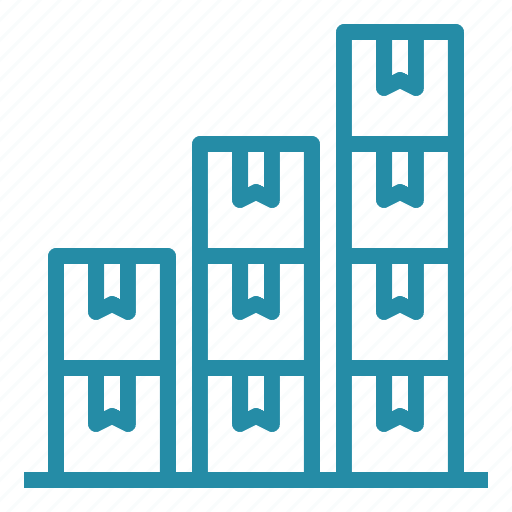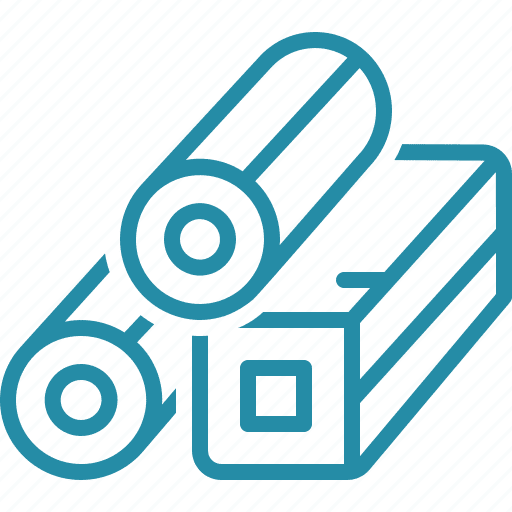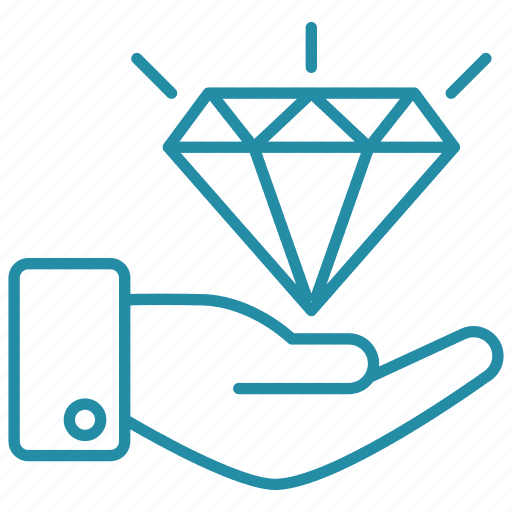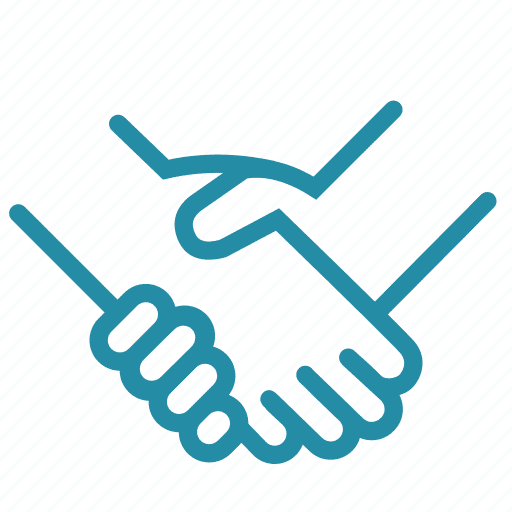Raft or Brim is one of the ways that you can solve common problems encountered in 3d printing. Although convenient and effective, there are also drawbacks to using rafts and brims. What are rafts and 3d printing brim, and when is it ideal to use them?
What Are Rafts
Rafts are thin layers of material that are 3D printed beneath a part to help with adhesion and stability during the printing process. 3D print rafts serve as a foundation, ensuring the main part stays firmly attached to the build platform, reducing warping and improving the quality of the print, especially for complex or tall structures.
In 3D printing, a raft is typically the first few layers printed on the build surface, which then supports the actual object being printed. This method is particularly useful for preventing issues with the initial layer adhesion and is often used when printing with materials that have a higher tendency to warp.
What Are Brims
Brims are additional lines of material printed around the base of a 3D printed part to enhance bed adhesion and reduce warping. Unlike rafts, brims do not sit directly under the part but extend outwards from the edges, providing extra surface area to help the print stick more securely to the build platform.
In 3D printing, a brim is typically used when a part has a small footprint or when using materials prone to warping. By adding extra lines around the initial layers, brims help to stabilize the print and ensure a successful build by preventing the edges from lifting off the platform.
Why Do We Need To Print With Raft and Brim?
Both raft and brim support the objective of making sure that the base layer of your model prints perfectly. A raft or brim enhances bed adhesion by providing a larger surface of contact between the print and the build platform. This prevents common issues such as warping.
A raft or brim can also provide mechanical reinforcement for prints with very small or weak supports. This can often be the case if the model has a small contact surface with the print bed.
Using a raft or brim dramatically increases the reliability of your 3D printing process. Although an extra 3d printer material would be needed to use, this is still less wasteful than scraping a project because of warping issues or mechanical failure.
Read more: PLA not sticking to bed
What Are Raft and Brim in Cura?
The brim is an outward extension of the first layer of the model. The primary purpose is to increase the contact surface between the first layer and the print bed. This reduces the likelihood of issues related to poor bed adhesion such as warping. Brims are pretty popular because they offer substantial benefits without using up too much filament.
A raft is distinct because it’s an entire mesh that is printed below the first layer of a model. It can be several layers thick and extend outwards from the dimensions of the model’s base layer. After printing, this raft has to be separated from the finished print and disposed of. A raft provides a more reliable bed adhesion solution but inevitably consumes more filament.
When to Use Raft or Brim in 3D Printing?
Between the two, which one should you be using? Rafts and brims are practically interchangeable. However, knowing the ideal situations to use them will help you optimize the use of your filament.
Most 3D printing professionals prefer to use brims simply because they use less filament. If your design has a large base, then having a brim should be enough to avoid bed adhesion problems. Having a large and robust base is practically necessary when working with a brim. This makes it less likely for you to damage your print during brim removal.
A raft is treated as the last option when you have terrible warping problems. It’s a foolproof solution but uses up a lot of filament. Raft removal can also be a complex process, especially if you fail to fine-tune the raft settings in your slicer.
Using a raft is primarily ideal for 3D printing of models with thin supports and small bases. Rafts will serve as extended bases, providing better bed adhesion and mechanical support.
Aside from heavy filament usage, a drawback of printing with a raft is that your print will likely come out with a rough bottom surface. This will need to be sanded and polished, especially if you’re 3D printing commercial products or professional prototypes.
Raft and brim on Cura
If you want to use rafts or brims in Cura, start by enabling all settings’ visibility. Just click the “Settings” button at the top-right corner of the window, go to the “Configure Setting Visibility” sub-menu, and check the box to “Check All.” This should make rafts or brims visible in your workspace.
To print with a brim, you will have to designate values for the following settings:
- Brim width is the measure of the distance between your model’s base and the outermost edge of the brim. At least 10 millimeters should provide ample bed adhesion enhancement.
- Brim line count is just another way to specify brim width. Instead of measuring distance, this setting allows you to set how thick the brim will be based on the number of lines. Enabling this setting will override brim width.
- Minimum length is the length of filament that is used to print the brim. Until this value is reached, more lines of the brim will be printed. Again, this is another measure of brim width and can be overridden by choosing any other options.
Brim only on the outside is an option for printing the brim only on your model’s outer edges. This may be necessary if your model has an inner edge where removing the brim would be very difficult.
Raft settings can be a bit more complex. You will have to be more careful when printing with a raft, as improper settings can result in a lot of wasted filament. There is also a danger of the raft sticking a bit too well to the print’s base layer, making it very hard to remove.
- The raft air gap specifies the distance between the top layer of the raft and the bottom layer of your model. Setting the space too far will result in the raft not sticking well enough to your print. However, a setting that is too low will make removing the raft very difficult. A baseline value for this should be half the width of your nozzle, but you may still need to make a few adjustments.
- Raft top layers pertain to the number of top layers that the raft will have. This affects the thickness of the raft as well as the quality of the finish for its top surface. If you find that your raft has a rough top cover, you may need to increase the number of top layers. It should not be necessary to go beyond two.
- The raft’s extra margin determines the distance between the base layer of the model and the raft’s outer edge. This defines how well the raft sticks to the print bed. Since you have an entire sacrificial layer adhering to the print bed, a raft does not need to be as wide as a brim. A setting of 5 millimeters should do fine for most cases.
You can find all the options under the “Build Plate Adhesion” settings in Cura. As you would know by now, brims and rafts are helpful beyond just enhancing build plate adhesion.
Brim vs Raft in Large Parts
If you’re printing a model with a large footprint, the assumption is that it also has a large surface of contact with the print bed. This means that a brim should provide just enough of an upgrade on bed adhesion without suffering any adhesion issues.
In this case, it’s worth a shot to try a brim first before resorting to a raft.
Raft vs Brim in Warping
In terms of the prevention of warping, a raft is a much more effective measure. Since the raft acts as a sacrificial layer, there is virtually zero chance of your model’s first layer exhibiting the common signs of warping. Just make sure to follow the standard guidelines for warping prevention, such as slowing down, cooling, and printing slowly.
Brims can still be effective against warping, although there may be a bit more uncertainty about the results’ quality. You can still end up with warping problems if you set the brim too thin or if your print bed is not hot enough.
Brim vs Raft in Bed Adhesion
Both brims and rafts are equally effective in improving bed adhesion. The more critical factor is the size of the footprint of the brim or raft. This depends on the settings that you input in your slicer.
The concept is pretty simple – increasing the surface of contact between the filament and the print bed complements the filament’s innate adhesive capabilities.
Raft vs Brim for Edge
If you want to preserve the quality of the edge of your model’s base layer, then a raft might be the better option for you. A raft does not directly contact the edge of the model, making it less likely to cause visible damage during removal. However, there is the compromise of heaving to deal with a rough bottom layer.
A brim is printed directly in contact with the base layer of your model. With the correct settings, you should be able to peel the brim right off without causing any damage. However, they can still leave behind sharp corners after the removal, which would have to be trimmed off with a knife or deburring tool.
How To Remove Raft and Brim From 3D Print
When done right, removing a brim should be pretty easy. In some cases, a brim can be removed by hand, just like peeling off a piece of the plastic wrapper. The worst-case scenario would be having to use a knife or deburring tool to remove the brim. You may end up with sharp edges which need to be sanded smooth.
Removing a raft will take a bit more work. This becomes more difficult with a denser raft or if the gap between the raft and the bottom layer is too small.
The best way to remove a raft is to insert a scraper or knife between the raft and the bottom layer of your model and very gently separate them. You will need a combination of both slicing and lifting motions. This is hard at first but should progressively become more accessible as more of the raft is removed.
When working with a raft, you can expect the finished print’s bottom layer to have a very rough finish. You may need tweezers to remove some of the residual raft material and sand the surface smoothly afterward.
Summary
Although there are many ways to improve bed adhesion and avoid warping in 3D printing, printing with a raft or brim is the go-to option when nothing else seems to work, rafts and brims are incredibly reliable. Still, they will use up a substantial amount of filament.
There will also be some extra work needed for post-processing. Arguably, any compromise is better than having your print ruined because of poor bed adhesion or warping.

